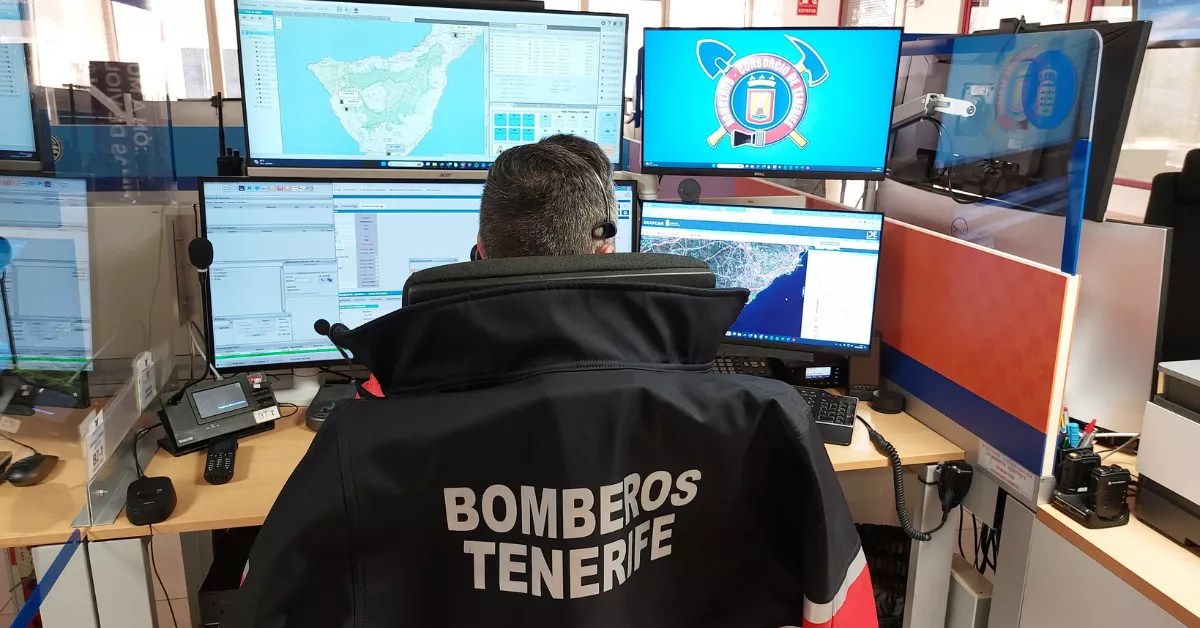Environmental organizations warn about the consequences generated by abandoned cars on health and the environment, after the information published yesterday by this newspaper about the problem posed by the proliferation of scrap metal in public spaces in the south of the island.
“They can generate soil and water contamination, cause a problem for the flora and fauna of the place, in addition to being a potential source of dirt and damage to the landscape,” Jaime Coello, director of the Telesforo Bravo Foundation, told DIARIO DE AVISOS. -Juan Coello, who was in favor of addressing the problem in a “coordinated manner”, acting on different fronts, “with more information campaigns, a policy of sanctions proportional to environmental damage and promoting efficient public transport at the lowest possible cost” .
Coello maintains that the problem of abandoned cars on the island of Tenerife is a reflection of the policy of promoting private transport by public administrations and the business sector. “The ease of acquiring a car, both in terms of procedures and financing, makes the purchase relatively simple, but when crisis situations arise or expenses cannot be met, people drop out.”
In addition, he assured that Tenerife has one of the “most numerous mobile parks per inhabitant in the world: 8.5 cars for every 10 residents, there are more vehicles than drivers and that has a cost on the territory”, for which he claimed a change in the island’s transportation model to encourage the use of public vehicles to the detriment of private ones.
As this newspaper reported yesterday, hundreds of abandoned cars are waiting to be removed from streets and lots throughout the southern region after their owners get rid of them. Many of these scraps are located in places close to repair shops, left there after their owners, predictably, could not afford the repairs they needed.
Only in the area of Las Chafiras and Guargacho there are around 250, according to data from the Local Police of San Miguel de Abona. For its part, Arona has received more than 400 units in its municipal warehouse (currently the figure has been reduced by half), while Granadilla de Abona undertook a campaign on the 1st in which every day they withdraw from the public road an average of six cars.
Town halls remind you that the legal procedure to get rid of a vehicle is free and this begins by informing the Local Police. In the event that the owner is not located, it is transferred to the municipal deposit and a legal term is established that, once expired, entails the declaration of urban solid waste, deregistering it, to then send it to a treatment center for its subsequent destruction and decontamination.
Sanctions are not exactly cheap. The abandonment of a vehicle can be fined 2,000 euros.
















